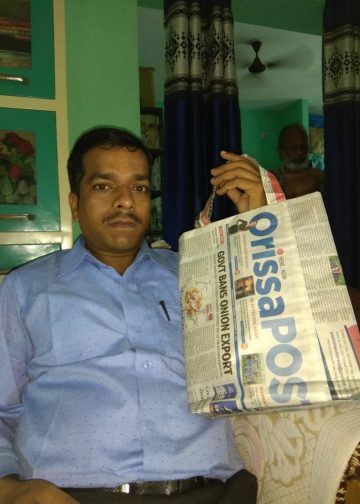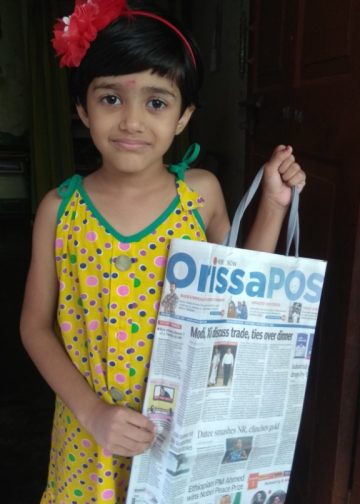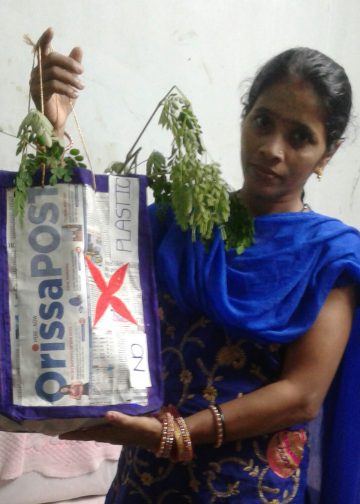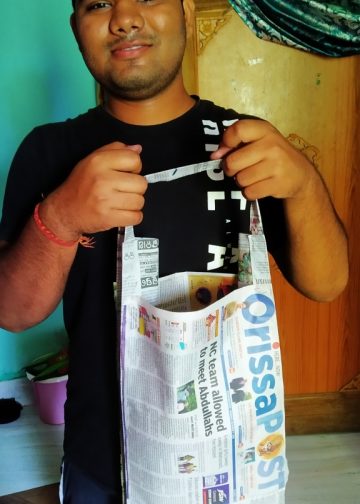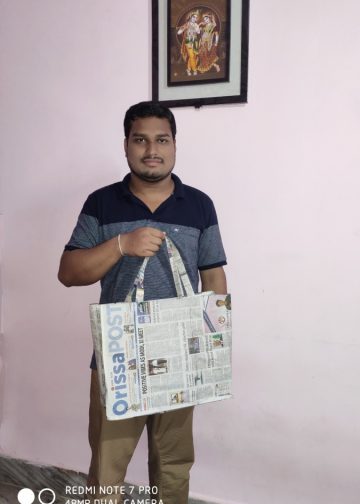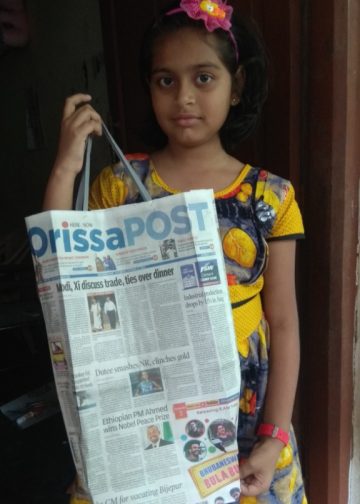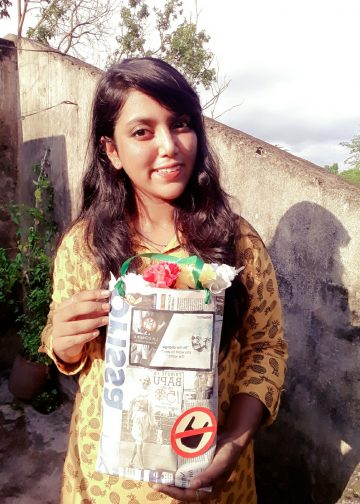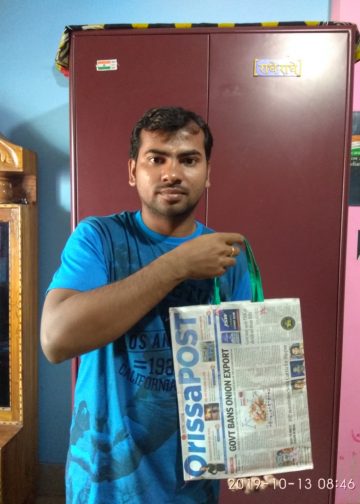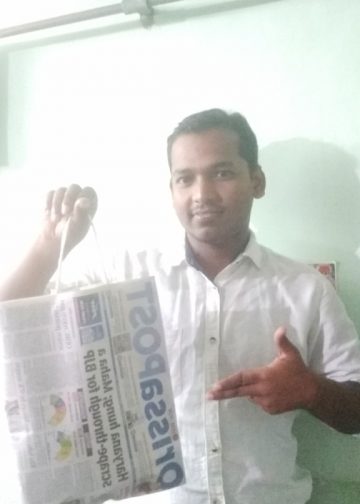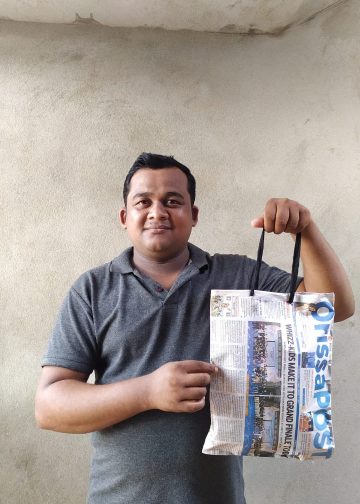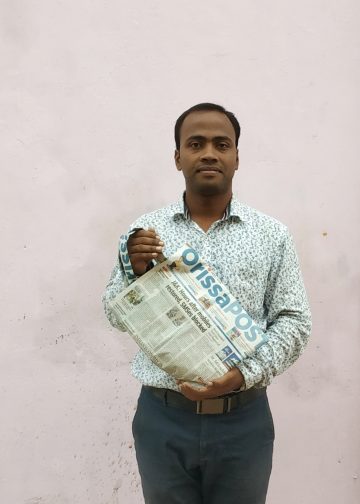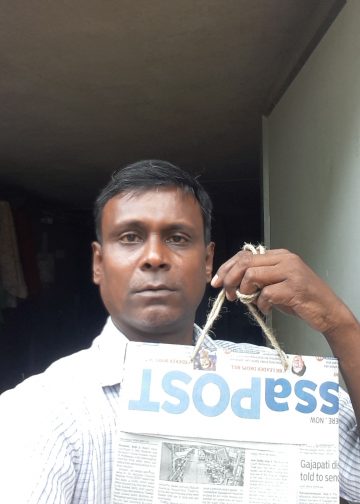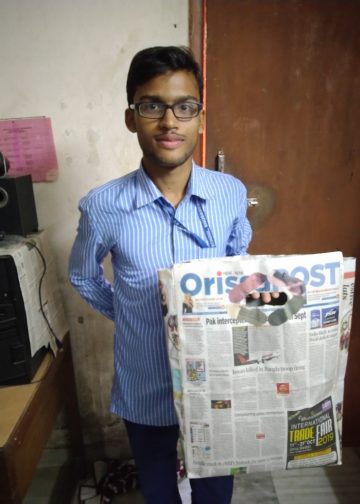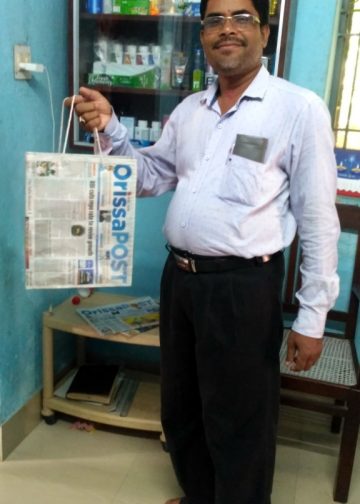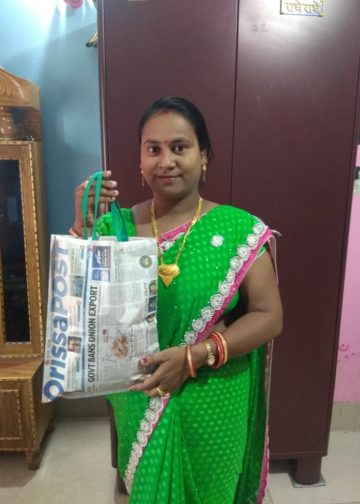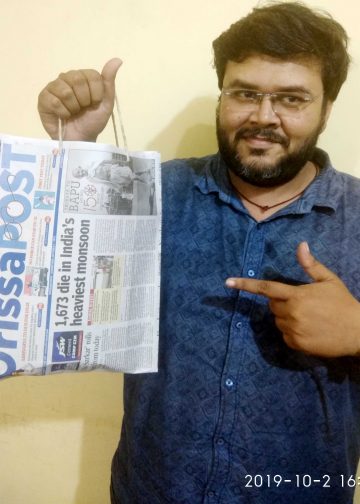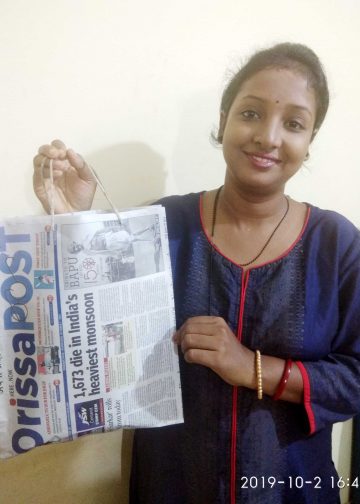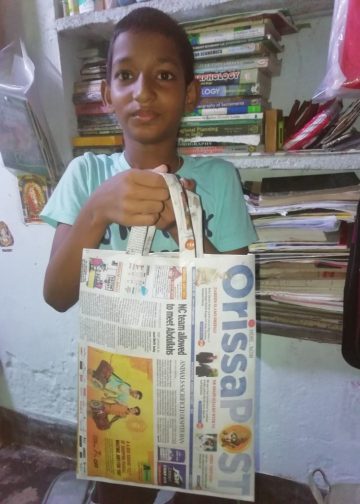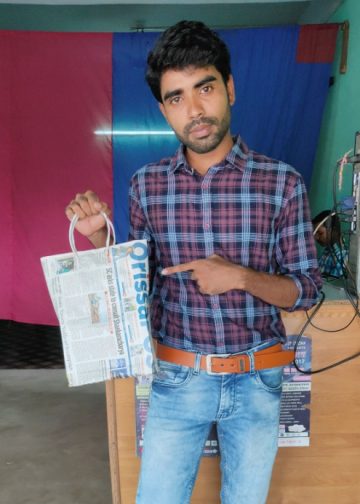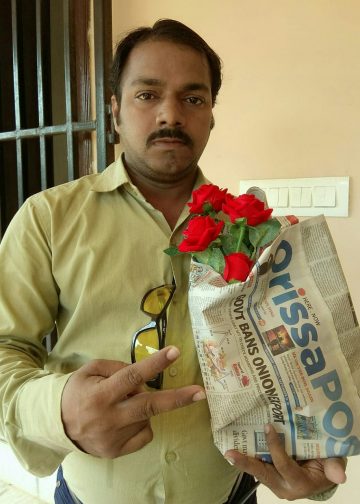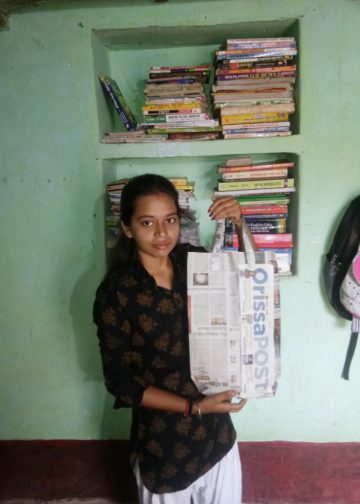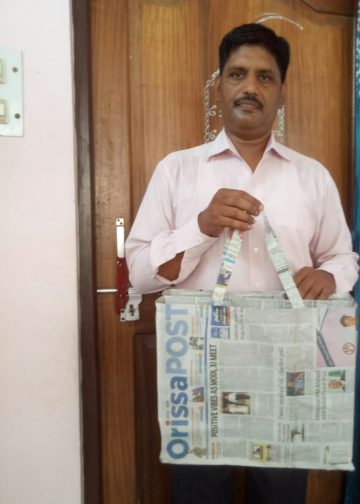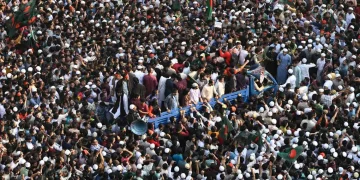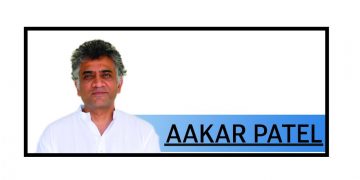Pritam Singh
It happened 31 years ago, but it feels as if happened just a day ago — the heart, body and the mind still feel the tremors of the emotional earthquake it caused. The force of those memory tremors is intensified every year when 6th June approaches.
Operation Bluestar (saka neela tara) is gradually finding a place in the Sikh ardaas (prayer). The Sikh practice of ardaas (prayer) is unique in the history of world religions in terms of its centrality of memory. On all important occasions — birth, marriage, death, new job, promotion, passing an examination, new house, gurpurab (the birthday of the gurus) celebrations or even the daily rituals in a gurdwara — the ardaas recounts in a capsule form the history of the Sikh faith. The ardaas narrative starts from the founding of the faith by Guru Nanak, its continuation by his nine successors and the sacrifices made by tenth guru Guru Gobind Singh’s four sons (sahibzade), five beloved ones (panj piare), the forty liberated ones (chali mukte) and numerous other martyrs right up to the present time.
No wonder, the Sikhs have a long memory. Udham Singh waited for 21 years to avenge the Jallianwala Bagh massacre of 1919 by assassinating Michael O’Dwyer in 1940. The Naxalite Sikhs punished a Sikh landlord Ajaib Singh Kokri, who was a witness against the revolutionary Bhagat Singh, by assassinating him in 1974 – some 43 years after the hanging of Bhagat Singh in 1931.The socialisation of anyone growing up in a Sikh household (irrespective of the political affiliation of the household) from one’s early childhood involves an exercise in historical remembrance to such an extent that most adult Sikhs remember the ardaas by heart. This is true whether one is an illiterate farmer or a university professor. The ardaas, if it is not merely a ritual, contributes to the making of an active historical being that remembers the past, relates that past to the present and imagines the shaping of the future.
Operation Bluestar has come to be remembered as the teeja ghallughara (the third holocaust). I am not sure about the gurdwaras in India but many gurdwaras abroad have incorporated the remembrance of the teeja ghallughara in the ardaas. In Sikh historical memory, there have been two ghallugharas before Operation Bluestar- the chhota ghallughara (the small holocaust) and the wadda ghallughara (the big holocaust). The chhota ghallughara took place in May 1746 when, according to the estimates made by the celebrated Sikh historian Prof. Ganda Singh, about 10,000 Sikh men and women were killed.
The wadda ghallughara took place in February 1762 when about 30,000 Sikh men, women and children were slaughtered. According to one estimate, which is yet to be confirmed, about half of the total Sikh population was liquidated during the wadda ghallughara. These were the darkest period in the history of the Sikhs. These massacres could have demoralised them to extinction but inspired by the memories of their gurus and martyrs, they regrouped themselves and within a few decades of the wadda ghallughara, they re-emerged literally from their ashes to become the de facto rulers of Punjab. By 1799, one of them (Ranjit Singh) formalised that de facto rule to become the Maharaja of Punjab. The force of memory weighed upon him too and he ruled, therefore, in the name of the gurus. Some features of feudal degeneration which emerged during his rule were the products of his dissociation from remembering the path of the gurus.
During the dark times the Sikh community went through from 1716, when the Sikh warrior Banda Singh Bahadur was martyred, to 1799 when Ranjit Singh came to power, Harmandar Sahib (later known more popularly as the Golden Temple) became the nerve-centre for the moral, political, military, spiritual and even economic empowerment of the community. While living the life of guerrilla combatants against the Moghul powers, the leading members of the community would get together twice during the year on Vaisakhi and Diwali for deliberations and decision-making for the future survival of the community. Once, in the precincts of the Harmandar Sahib, they would feel themselves protected by the Guru and would have no fears of any earthly powers such as the Moghul rulers they had to confront. The mystique of the Harmandar grew and this mystique has continued and strengthened over the centuries. The Golden Temple has literally become the heart of the community.
The death, destruction and sacrilege caused during the Operation Bluestar pierced the hearts of not only Sikhs but also many Punjabi Hindu devotees. The devastation it caused even in the personal lives of so many millions has still not been fully recorded because the political divide over the attitudes towards Operation Bluestar has overshadowed the human stories. I will tell one of my own. My uncle I was very fond of and a very lively person at that was so devastated by the pain caused to him by the army action at the Golden Temple that he stopped laughing after the Operation. He would talk little about it except once in a while in an angry manner. It saddened me deeply to see him suffering silently. He lived for about 15 years after the Operation and a few years before his death, I told him once with the intention of cheering him up that that I wanted to give him a present which he himself could choose. He took only a few seconds and said that he wanted me to buy a kesari (saffron)-coloured turban for him. The world of renunciation and sacrifice, even if it was symbolic, was all that was left for him. For me, the memory of my uncle’s pain and that of Operation Bluestar are inextricably linked.
A whole new generation has grown up after the Operation and many from this new generation have become parents. They hear and read about the Operation and are trying to understand the meaning of it to reconnect to the past history of their parents, grandparents and beyond. Many of them are devising new tools and mediums to relate to that history. I recently examined an excellent PhD thesis by Shruti Devgun of Rutgers University, USA, on ‘Re-Presenting Pasts: Sikh Diasporic and Digital Memories of 1984’. Her thesis focuses on the work of an intergenerational cohort of Sikhs in the diaspora (in USA and Canada) who are trying to piece together the fragments of painful pasts ‘to give a cultural meaning and shape to broken traumatic experiences’. Through their work, they are puncturing, and perhaps demolishing, the state-directed narratives of Operation Bluestar. This painful ‘memory work’ is creating new spaces for them to understand and connect with the pain of the victims of many other genocides — eg, the Jews, Armenians and the Rwandan Tutsis. The wounds may never heal but by connecting your pain to the pain of others, the meaning and experiencing of pain is transformed.
The writer is a Professor of Economics at Oxford Brookes University, Oxford, UK, and
author of the book,
Economy, Culture and Human Rights: Turbulence in Punjab, India and Beyond.






